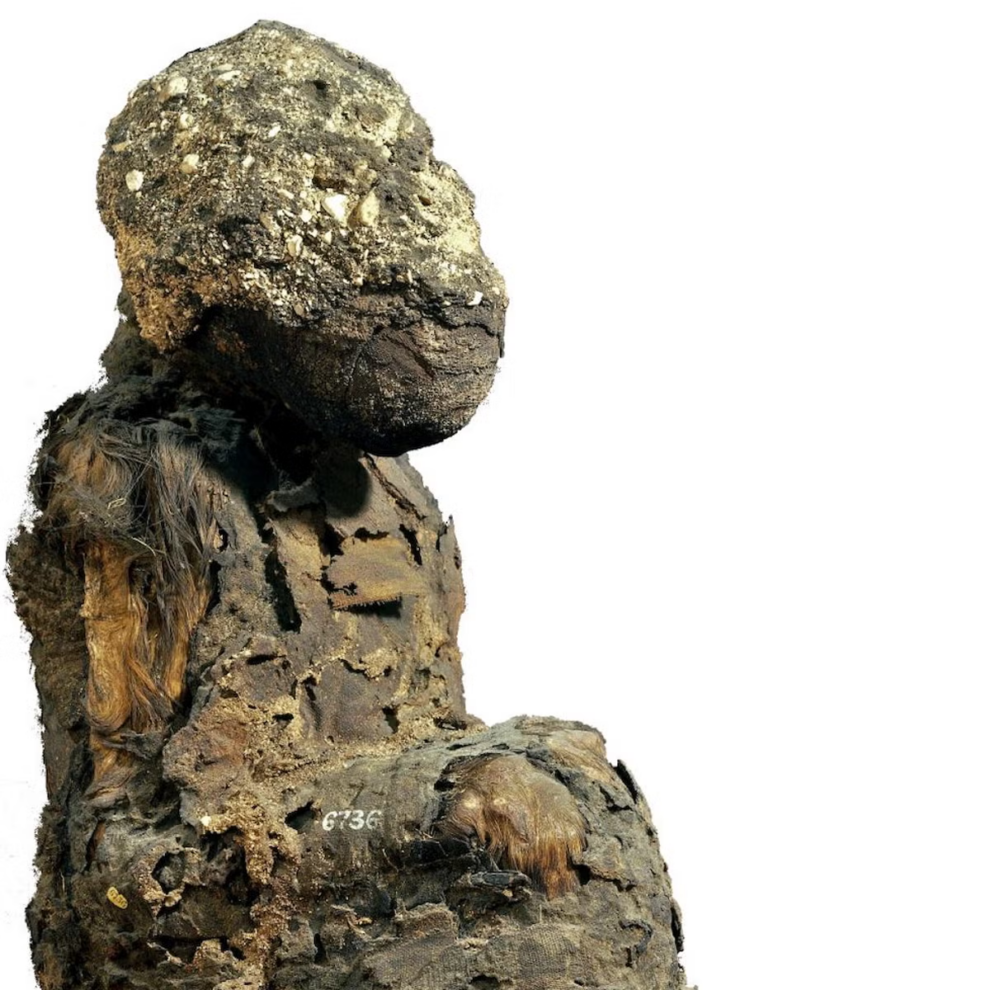Baboons mummified in ancient Egypt were likely imported from distant regions and held in captivity, according to a new study that unravels the long-standing mystery of how the primates were found far from their natural habitat.
Previous archaeological findings of baboons mummified in Egypt have perplexed researchers as the primate is not native to Egypt. There is also no evidence suggesting the animal inhabited the region in the past.
It has often been speculated that the mummified baboons were likely used as votive offerings by the people. The primate was also elevated to the role of representing Thoth, the god of learning and wisdom, among the various deities portrayed as animals in ancient Egypt.
Baboons were likely imported from distant regions and kept in captivity in ancient Egypt before they were mummified, according to the new study published recently in the journal eLife.
The latest findings also suggested the primates had their dangerous canine teeth removed.
Scientists also revealed the extent to which ancient Egyptians had contact with exotic animals, even though it still remains unclear what made these primates special to people in ancient Egypt.
They traced the region from which the baboons originated by analysing the genome in the cell powerhouses – mitochondria – of the animal mummies.
One of the mummies analysed in the new study was excavated in 1905 in the “Valley of the Monkeys”. It is now placed in the Musée des Confluences in Lyon.
Archaeologists dated the baboon mummy specimen to between 800 and 500 BCE in the Late Period of ancient Egypt.
Researchers compared the genome with those across the African continent, whose genetic diversity is well studied.
“We have comparative samples from almost all regions where baboons live today,” said study co-author Gisela Kopp.
While historical texts mention “Punt” – an ancient region from which Egypt imported luxury goods for centuries – as the baboons’ place of origin, the exact location of this place remains unknown.
“Egyptologists have long puzzled over Punt, since some scholars have seen it as a location in early global maritime trade networks, and thus the starting point for economic globalization,” Dr Kopp said.
Genetic analysis in the new study pointed to the origin of the mummy specimen to a region in the northeast African country Eritrea, which was in ancient times called Adulis. It served as a trading hub for luxury goods and animals.
Based on the latest findings, researchers argued Punt and Adulis to be two different names for the same place that were used at different points in time.
“It was only after we put our biological findings in the context of historical research that the story really came together,” Dr Kopp said.
Source : Independent

















Add Comment